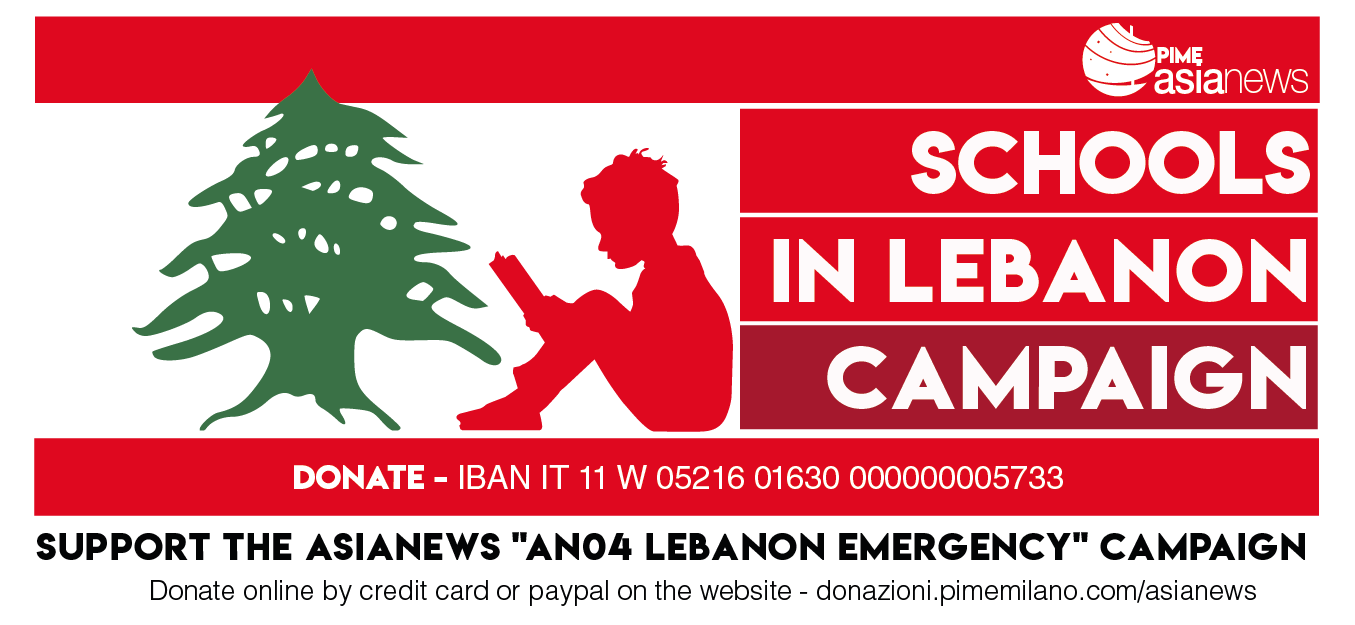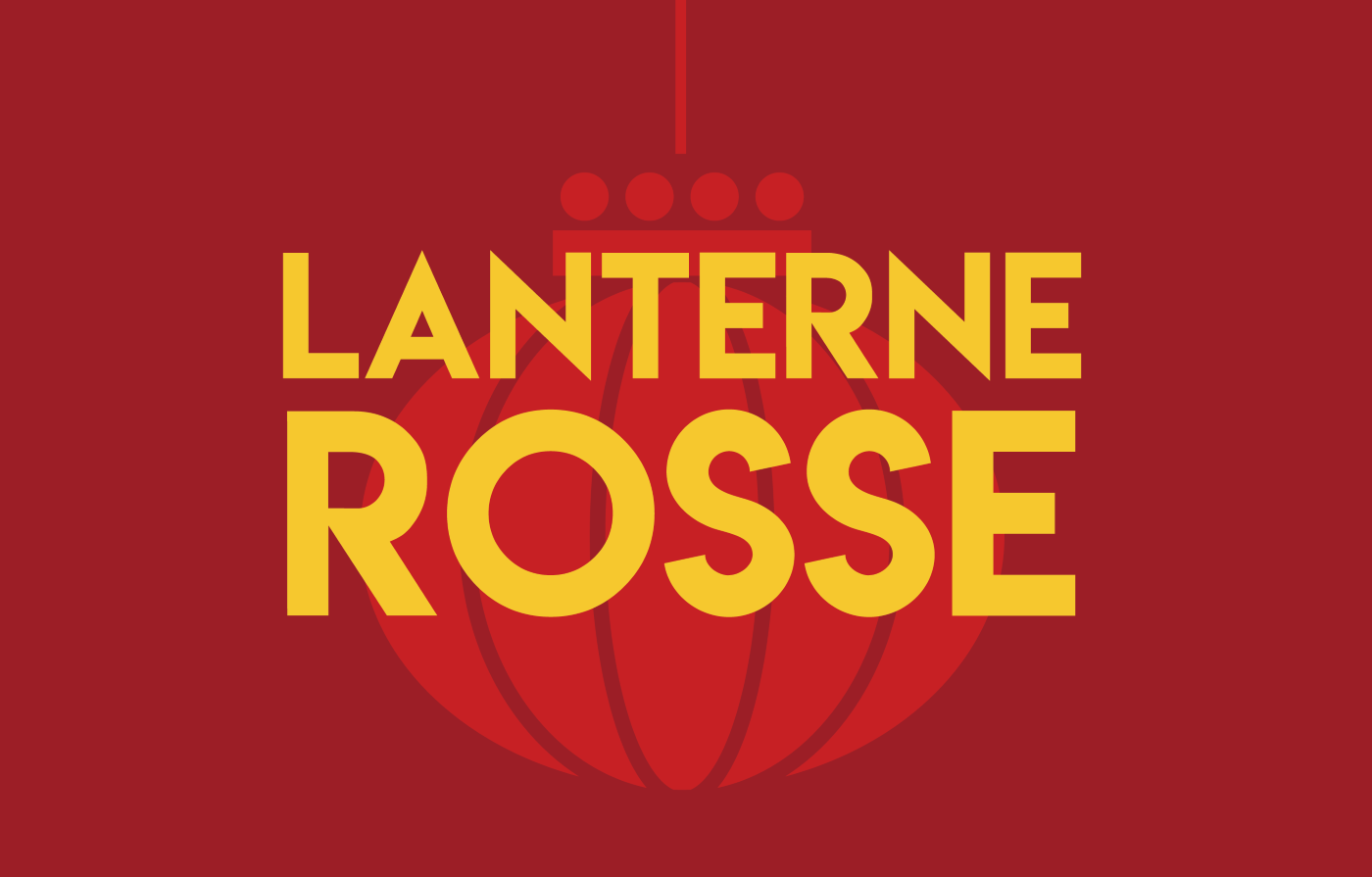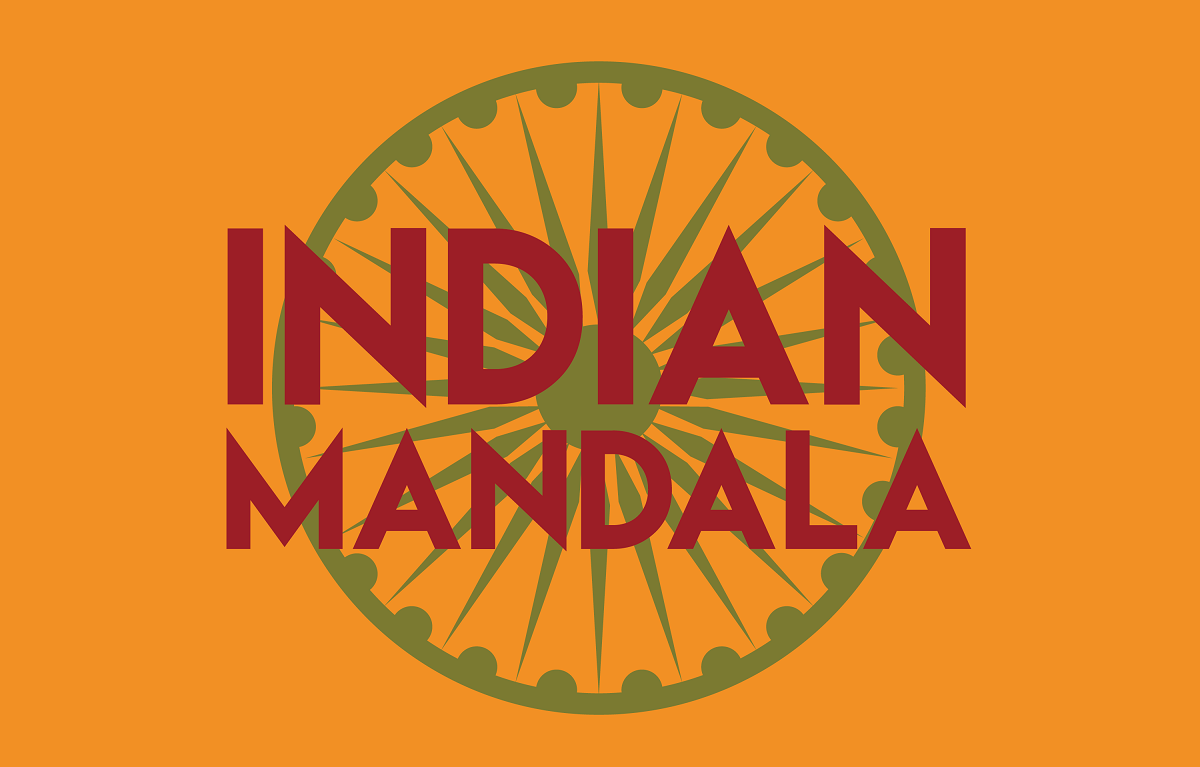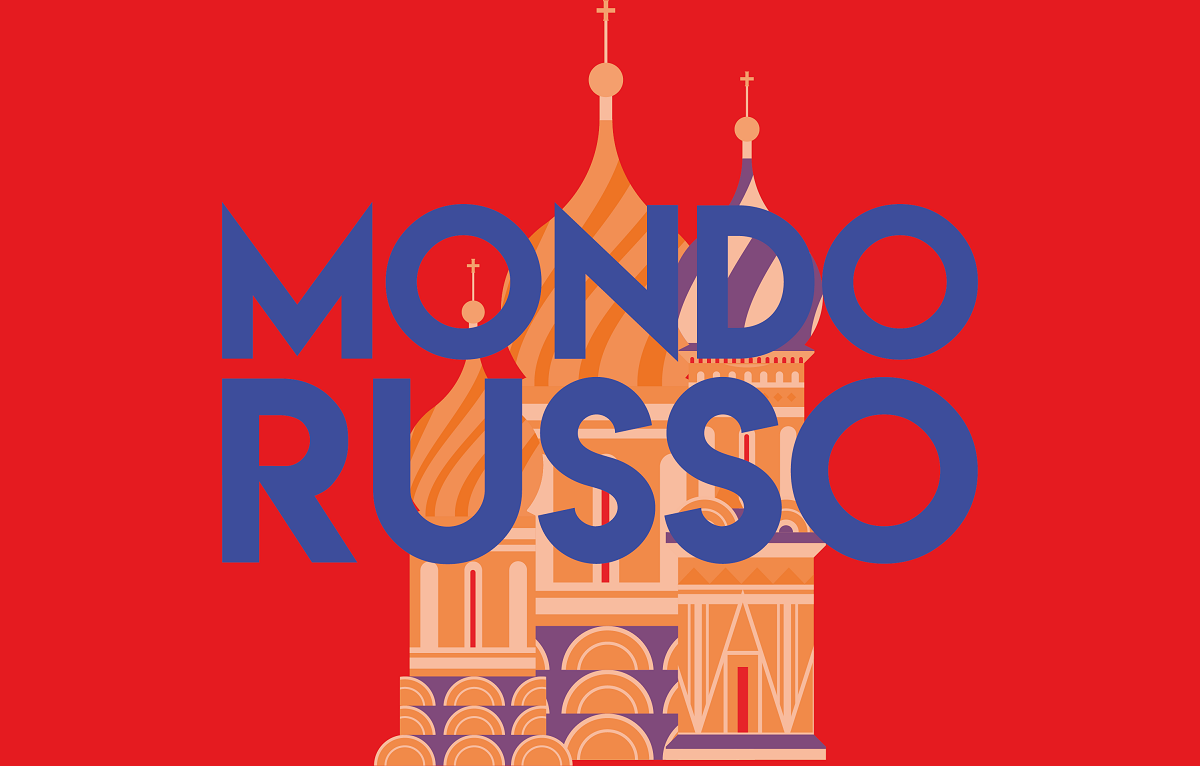Tehran caught between a fuel oil glut and nuclear power
Current oil output should translate into lower oil prices and enable Iran to build conventional oil-burning plants, not nuclear plants. Its nuclear programme is really meant to give its leaders a nuclear card against Israel.
Milan (AsiaNews) Despite the present crude oil market over-supply conditions consumers are currently running the risk of paying the highest prices ever in real terms (i.e. long-term inflation factored out). And given Iran's excess capacity in residual fuels refinery output its nuclear programme is less about electrical power production than nuclear weapons.
In fact, whilst international attention was focusing on Iran's decision to re-start nuclear enrichment research, prices for Dated Brent (price marker for many international grades) quotations dropped a bit30 cents per barrel, an overall decline of three dollars in the last few days.
If instead of the Brent benchmark, whose value is largely on paper, we looked at what is charged for actual supplies then real prices are actually lower than expected. Currently, there is an oil over-supply with quotes for some heavy, high sulphur content crude oils 20 dollars below the Brent, which is a light, low-sulphur oil.
Leaders from the Organisation of the Petroleum Exporting Countries (OPEC) are fully aware of the situation, but in their last meeting in Vienna on February 2, they chose not to ask their fellow members to cut output since they realise such a move would not work.
The problem lies in the ageing world-wide refining installations using simple atmospheric distillation technologies. Most of them built on design concepts almost 50 years old, these refineries rely on technologies that go back a century. They have a low output in light distillates, which are essential in making gasoline as well as virgin naphtha, the basic element for plastics and in organic chemistry.
Therefore, despite more and more cars hitting the road in emerging markets like China and India, the current crude oil over-supply is preventing shortages in light distillates. Consequently, the glut falls on medium (gasoil) and heavy (heating oil) distillates.
This is a structural problem because upgrading refining installations would take a lot of time and money. What is actually ongoing is puny compared to the needs.
This also means that any claim by Iranian leaders that they are building nuclear plants to give their country much needed electrical power to fuel its economic growth is unconvincing. It would instead make more sense for them and would be much quicker if they built fuel oil-burning power plants.
Even if Iranian leaders had long-term plans to build nuclear plants to generate electric power, they don't need their own nuclear enrichment technology. As suggested by Russia in its compromise proposal, Iran only needs to buy enriched uranium from outside sources.
It seems clear that the Iranian leadership wants its own nuclear-tipped missiles to deter Israel's 200 warheads. But given the potential for strife in the region, Iran's strategy is not credible whether its goal is to lead the Muslim world and/or counter Israel' regional nuclear power. The reason lies elsewhere and explains why Iran has gained the undeclared support of many Arab countries, hitherto its traditional adversaries.
The fact that the heart of Jewish Jerusalem, the Temple Mount, is also Islam's Noble Sanctuary is the reason why. If one strolls through Jerusalem, one can find cheap replicas of what Solomon's Templewhich the Romans destroyed in 70 ADmight look like if rebuilt. Rebuilding it would inevitably mean tearing down the two existing mosques in Islam's third holiest city. And although no sane Israeli believes that anything like that could ever happen, one cannot exclude that the current Iranian leadership is concerned about a possible takeover in Israel by diehard Jewish extremists. Should that happen, political leaders in Muslim countries would automatically lose legitimacy for failing to prevent the outrage.
What is more, the need for a nuclear deterrence capability vis-à-vis Israel brings Muslim governments much closer to the more radical Islamist groups. These contingent factors are essential to evaluate oil price trends.
Without political risks factored in, crude oil prices should be in the 45 to 50 US$ a barrel range at this time of the year, that is 15 to 20 US$ lower than they currently are.
If one considers oil the extra demand from China and other countries like India, which no one could have forecast just a few years ago, and the failure to upgrade refineries, the current average price of oil should have been around 25-30 US$ per barrel.
Short of any short-term political surprise, oil prices should reach 85-90 US$ a barrel during the height of the vacation season next August, especially in the US, because of possible refinery shutdowns as hurricanes batter US states along the Gulf of Mexico.
When Katrina his last year, oil prices reached 70 US$ on August 30. Should Israel strike at Iran's nuclear installations, oil prices might quickly jump to US$ 100-120. That would certainly attract lots of consequences.






.png)










